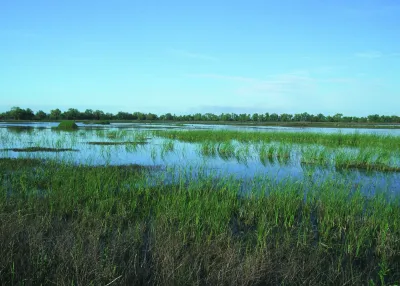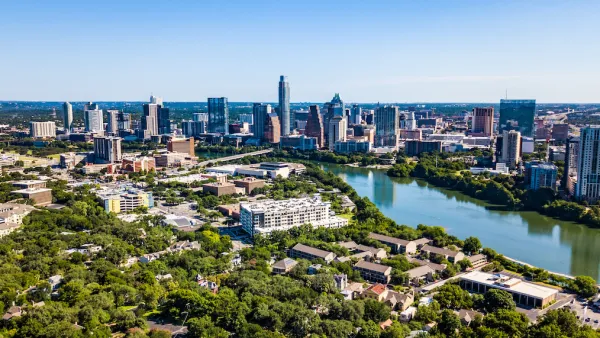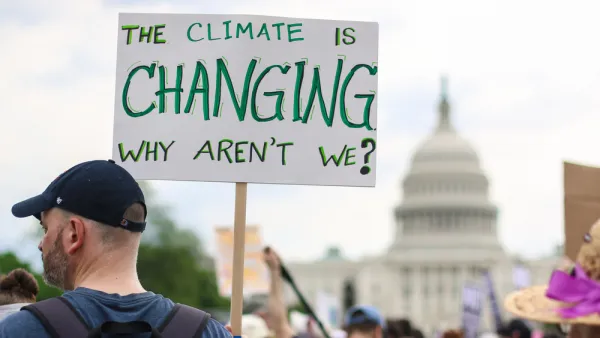Five actions governments could take quickly to reduce emissions and restore ecosystems.

As climate change poses an increasingly urgent threat, writes Zak Smith, "[t]he United States and other countries can immediately expand investment and support for natural climate solutions that provide the triple benefit of reducing emissions, taking carbon out of the atmosphere, and increasing the resiliency of the natural world." Focusing on restoration and resilience will put ecosystems "in a better position to withstand climate change impacts, which means they’ll be more likely to continue providing the foundational natural building blocks we rely upon for human life, like clean air, clean water, food security, and flood control."
Natural climate solutions, argues Smith, "provide an opportunity to bring everyone to the table. To avoid the mistakes of the past, we must include the voices of communities that have been and will be disproportionately burdened by the impacts of climate change and the industries creating our global warming nightmare."
Smith suggests five actions that can be taken immediately:
- Protect the ocean, "our best ally in combating climate change."
- Protect forests. Smith argues that because "countries in the Global North are driving some of the fastest primary forest loss in the world," they must "look beyond tree planting and protect the carbon-rich forests and trees already playing such an important role in the climate fight."
- "Embrace regenerative agriculture" and create more sustainable food systems.
- Acknowledge the importance of wetlands and take steps to protect them.
- Dedicate more land area to nature. " If we conserve enough representative ecosystems, we can reverse terrestrial biodiversity loss, limit future carbon emissions from land conversions, and bolster natural carbon removal."
FULL STORY: Five Natural Climate Solutions to Mitigate Climate Change

Analysis: Cybertruck Fatality Rate Far Exceeds That of Ford Pinto
The Tesla Cybertruck was recalled seven times last year.

National Parks Layoffs Will Cause Communities to Lose Billions
Thousands of essential park workers were laid off this week, just before the busy spring break season.

Retro-silient?: America’s First “Eco-burb,” The Woodlands Turns 50
A master-planned community north of Houston offers lessons on green infrastructure and resilient design, but falls short of its founder’s lofty affordability and walkability goals.

Test News Post 1
This is a summary

Analysis: Cybertruck Fatality Rate Far Exceeds That of Ford Pinto
The Tesla Cybertruck was recalled seven times last year.

Test News Headline 46
Test for the image on the front page.
Urban Design for Planners 1: Software Tools
This six-course series explores essential urban design concepts using open source software and equips planners with the tools they need to participate fully in the urban design process.
Planning for Universal Design
Learn the tools for implementing Universal Design in planning regulations.
EMC Planning Group, Inc.
Planetizen
Planetizen
Mpact (formerly Rail~Volution)
Great Falls Development Authority, Inc.
HUDs Office of Policy Development and Research
NYU Wagner Graduate School of Public Service




























